Plastic Surgeons of Alaska
301 West Northern Lights Blvd, Suite 110
Anchorage, AK 99503
Phone: (907) 563-2002
Fax: (907) 562-7628
Monday–Friday: 8:30 a.m.–4:30 p.m.
Cleft Lip & Palate
Cleft lip and cleft palate are among the most common birth defects affecting children in Alaska, including the Kenai Peninsula and Wasilla, Palmer, and other Mat-Su Valley communities. Approximately 1 in 700 children are born with a cleft. Plastic Surgeons of Alaska has played a prominent role in our state in treating children with this condition for over two decades. We would be honored to take part in the care of your child.
A cleft lip can be incomplete or complete (extends into the nostril), and affects nearby structures, such as the nose. A cleft palate is a gap in the roof of the mouth. It can affect the soft palate, the hard and soft palate, or even just the muscles of the soft palate.
A cleft lip is not only a cosmetic concern—it can affect the function of the lip and nose. The gap found in a cleft palate allows liquid and food to pass between the nose and mouth, which can interfere with eating and sucking a bottle. Clefting of the muscles of the soft palate affects speech because movement of the soft palate is critical for normal speech production. Clefting at the gum line affects the development of the teeth and the bony foundation of the nose. Cleft lip and palate can occur in isolation or together, and can vary significantly in severity.
To schedule an appointment, please call (907) 563-2002 today.
Diagnosis
Many clefts are now diagnosed during pregnancy as part of a fetal ultrasound examination. We are happy to schedule a consultation to discuss a prenatal diagnosis.
Multidisciplinary Care
Plastic Surgeons of Alaska has been a vital part of the multidisciplinary Alaskan cleft lip and palate team for several decades. In 2016, the Southcentral Foundation began sponsoring the clinic, now known as Alaska’s Cleft Lip and Palate Program. This multidisciplinary team evaluates patients every other month, and endeavors to provide the most comprehensive evaluations possible through team care. Our team includes an audiologist, ear, nose and throat specialist, speech language pathologist, behavioral health consultant, nutritionist, pediatrician, pediatric dentist, oral surgeon, plastic surgeon, orthodontist, along with a parent navigator to help guide the families. Care is open to all that reside in Alaska. Dr. Suver serves as the medical director of the cleft center.
We will evaluate your child both in our private clinic, as well as at the multidisciplinary clinic, to ensure that your child receives the individualized and coordinated care that he or she needs. We are also happy to evaluate and follow adults through both our private clinic and through Alaska’s Cleft Lip and Palate Program at Southcentral.
Surgical Treatment
Depending on the severity and type of cleft, your child may require several surgeries over the course of childhood and adolescence.
Surgical repair of the cleft lip typically occurs between 3 and 6 months of age. Depending on the cleft, we will occasionally recommend pre surgical treatment with tape or elastics to help mold the lip and nose before surgery. During this initial surgery, the separate portions of the lip are brought together to restore continuity of the muscles of the lip, the vertical height of the lip is set, and the base of the nose is repositioned.
Repair of the palate typically occurs between between 9 and 14 months of age. During this stage the palatal cleft is fixed from the uvula up to the gumline, and the muscles of the soft palate are repositioned in more proper position. Ear tubes are often placed by an otolaryngologist at either this stage or at the time of lip repair.
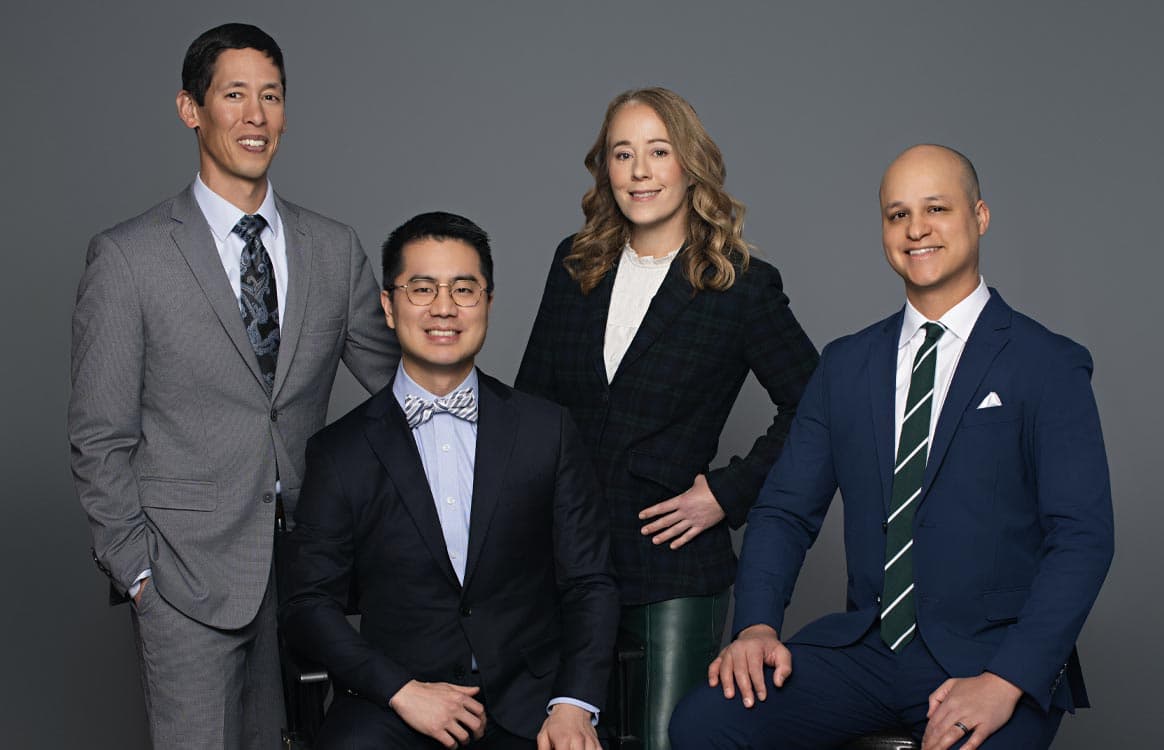
Meet Our Surgeons
Our surgeons are uniquely talented and share a dedication to providing our patients the type of personalized care that has established Plastic Surgeons of Alaska as the premier practice in the state.
Request My ConsultationFollow-Up Treatments for Cleft Palate Repair
Speech and Sound Production
A cleft of the palate only affecting the muscles is called a submucous cleft palate. These may or may not need surgical correction, depending on whether or not it affects speech production and the production of some sounds. This can usually be determined by the age of 3 or 4. Speech therapy can sometimes help overcome these deficiencies, but when it cannot, surgery to repair the muscles is offered.
Children with cleft palate often require speech therapy after surgery. Therapy can help with the majority of problems, but some of these children have persistent problems with speech that are not amenable to therapy alone. Some of these problems can be addressed with secondary speech surgeries. These are often performed between age 4 and 7.
Lip Revision
Early grade school is a good time to perform a small lip revision or modification to the nose to maximize the cosmetic outcome. Children will start to pick out differences and tease their peers around this age, so we feel it is important to optimize the result as much as is possible while they are young.
Teeth and Palate Modification
Oral surgeons will be involved in your child’s care if there is a cleft of the alveolus (the gumline). The bony gap must be filled in order for the permanent teeth to have a place to live. This procedure is called alveolar bone grafting, and is typically performed between 7 and 11 years of age. We are happy to assist with this surgical procedure if required, but in our community the procedure is most commonly performed by our oral surgical colleagues. During this time, your child will also need treatment by an orthodontist. The teeth and palate often require modification (such as with braces or a palatal expander) to optimize the results of bone grafting.
Jaw and Septorhinoplasty Surgery
The last set of interventions involve jaw surgery if there is inadequate growth, and formal septorhinoplasty (nose surgery), both of which are performed when the face has almost fully grown. Oral surgeons will perform an advancement of the upper or lower jaw, if required. This can modify the shape of the face, as well as the foundation of the nose. It is typically performed in the teenage years. Plastic surgeons can perform a formal nose surgery when the nose is more fully mature, and this must be done with coordination with any jaw surgery, since movement of the upper jaw will modify the bony foundation of the nose. This teenage nose surgery will address residual deformities of the external shape of the nose, and can address internal nasal airway obstructions that may have resulted due to the cleft.
Before and After Photos
Unilateral Incomplete Cleft Lip
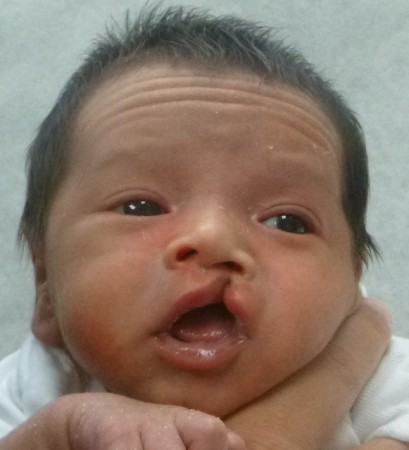
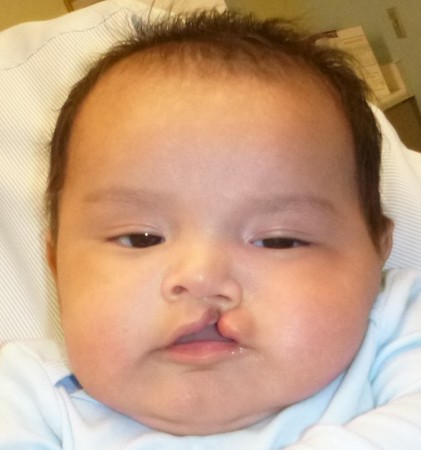
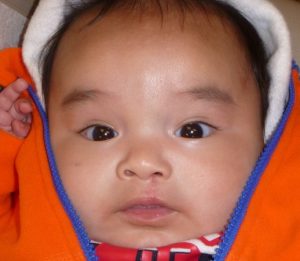
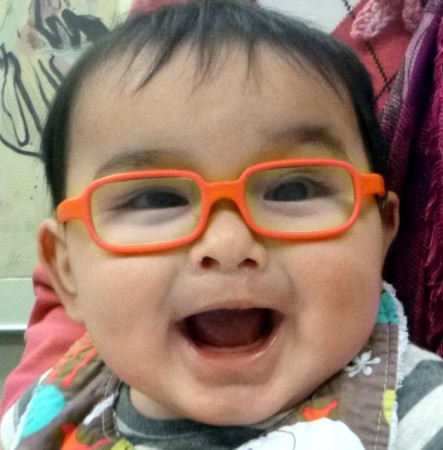
Unilateral Incomplete Cleft Lip
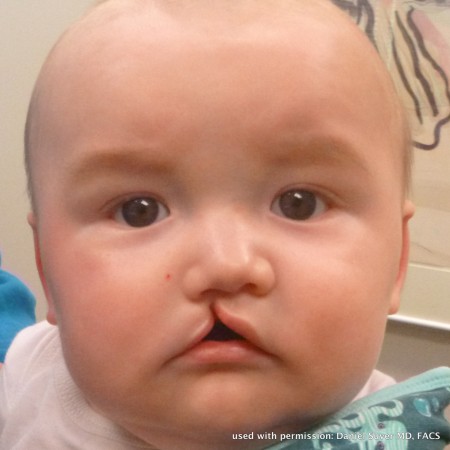
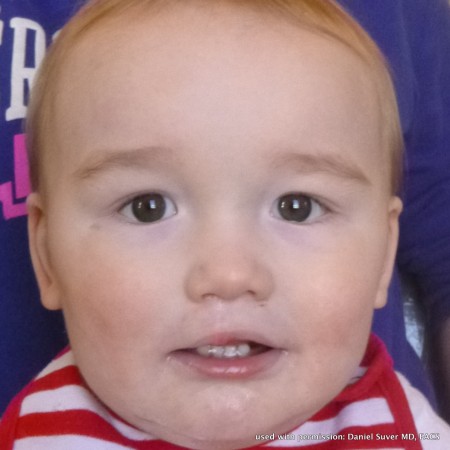
Unilateral Complete Cleft Lip
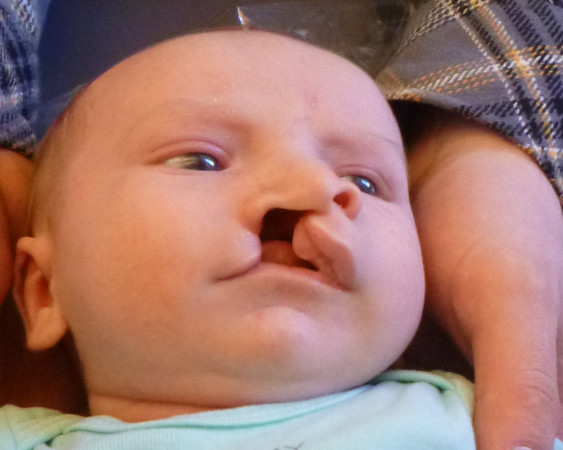
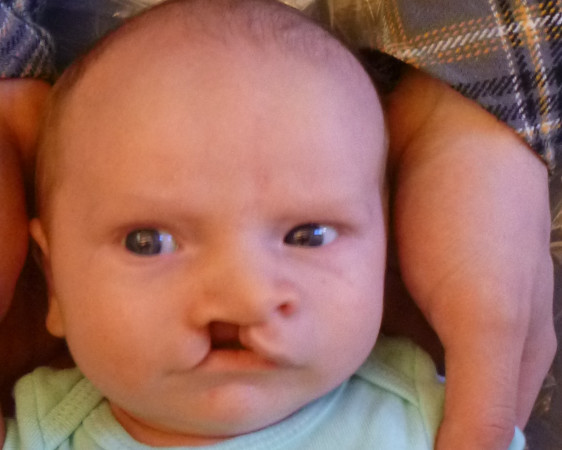
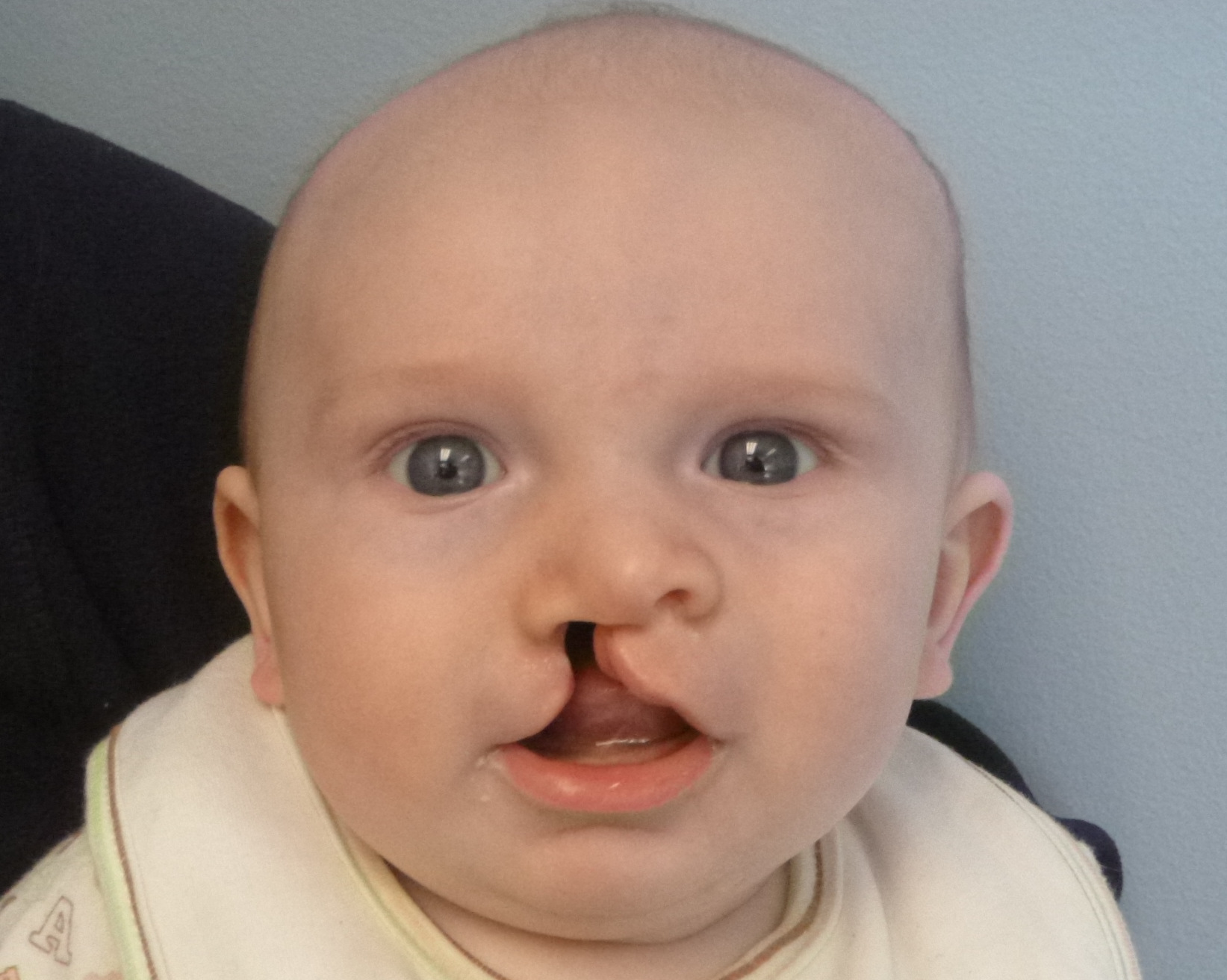
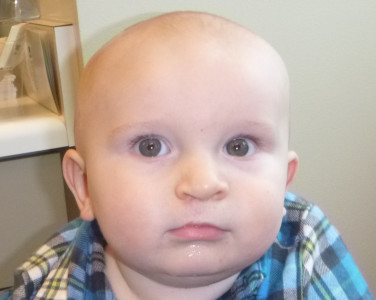
Unilateral Incomplete Cleft Lip
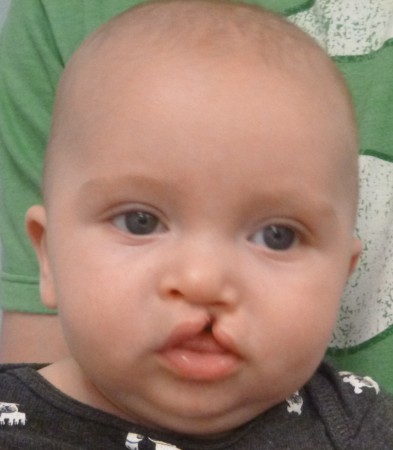
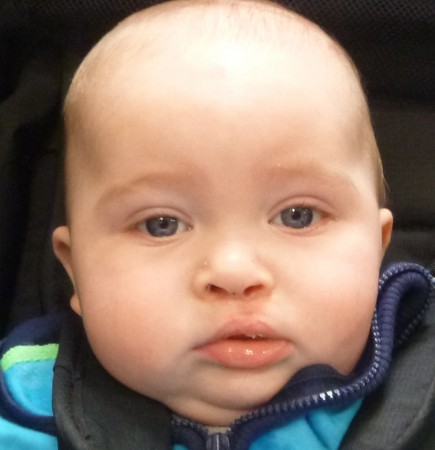
Unilateral Incomplete Cleft Lip at 5 Months
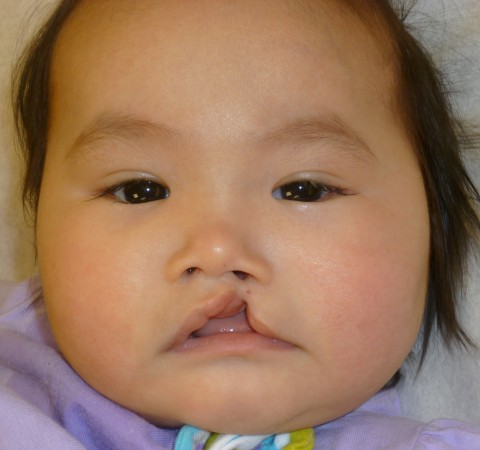
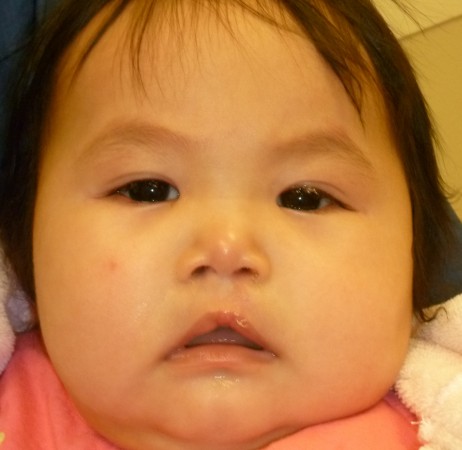
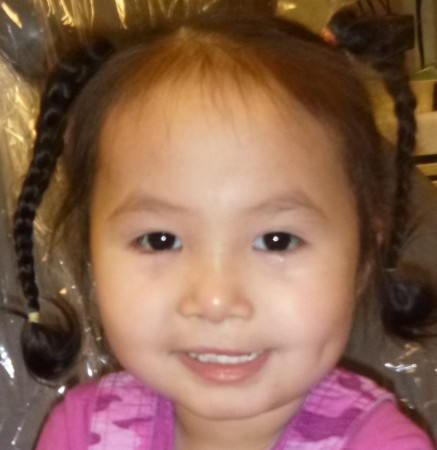
Unilateral Complete Cleft Lip
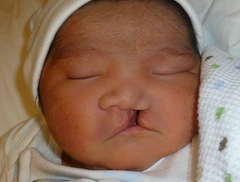
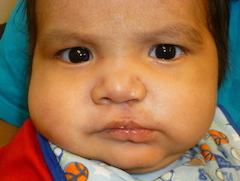
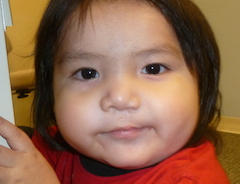
Bilateral Cleft Lip
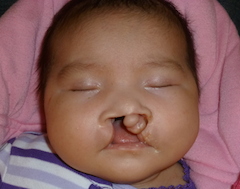
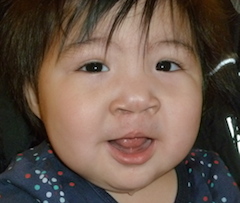
– courtesy of Dr. Daniel Suver & patient families. All children pictured were treated through Alaska’s cleft clinic
Schedule a Consultation
Call us at (907) 563-2002 to schedule an appointment or request a consultation at our practice using the online form.
